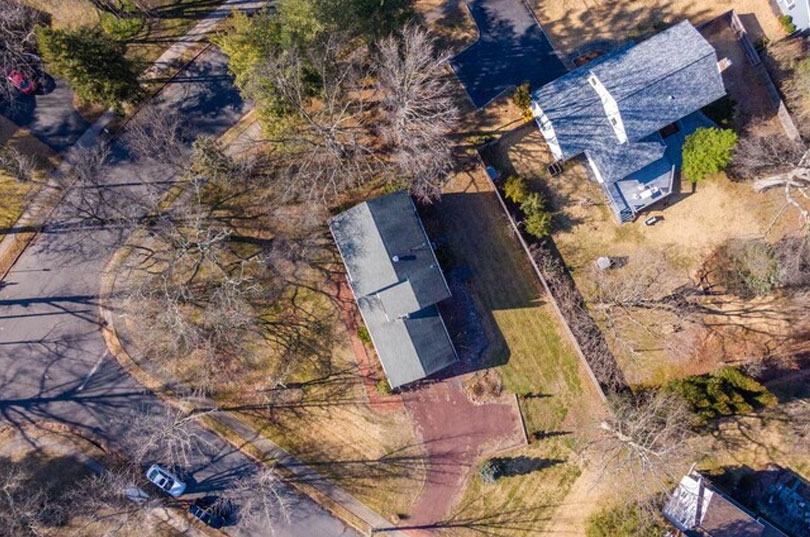Residential Geologic Assessment
Location: West Windsor, New Jersey
Regulatory Program: N/A
Duration: July 2003
Summary: Groundwater Depth Evaluation for Residential Construction
A private property owner contacted Princeton Geoscience to evaluate the depth to groundwater at a property undergoing residential development. Existing homes in the development had experienced problems with wet basements as a result of the shallow depth to the water table. In addition, a local construction ordinance required that architects and engineers consider groundwater depth during design of foundation footings and basements. Princeton Geoscience discussed the data needs with the client’s architect and designed a short field program to obtain information required for the foundation and basement design.
The field program consisted of advancing boreholes and describing soils to depths below the water table, installing temporary wellpoint piezometers and measuring the depth to water below surface grade. Borings were completed using a hand auger at three locations, corresponding to the front (upslope) wall of the proposed building, the middle of the proposed basement and the rear (downslope) wall of the proposed building. Soils were inspected to determine soil color, mottling, grain-size distribution and moisture content.
During the field investigation, Princeton Geoscience determined that the current depth to the water table was between 7 and 8 feet below grade. Soil mottling at shallower depths, however, suggested that the water table had historically been as high as 3.5 feet below grade. Based on an evaluation of precipitation, physical site conditions and drainage changes and paving associated with the development, Princeton Geoscience concluded that the “seasonally high” water table would be expected to occur at depths as shallow as 3.5 feet and as deep as 6 feet. We noted that the mottling observed as shallow as 3.5 feet might reflect a “historically high” water table, prior to development and the consequent diversion of surface water and reduction in aquifer recharge.
Based on the client’s schedule for construction, this project commenced immediately upon receipt of the call from the client. Princeton Geoscience completed the field work in one-half day and delivered the report to the client and their architect the following day.
